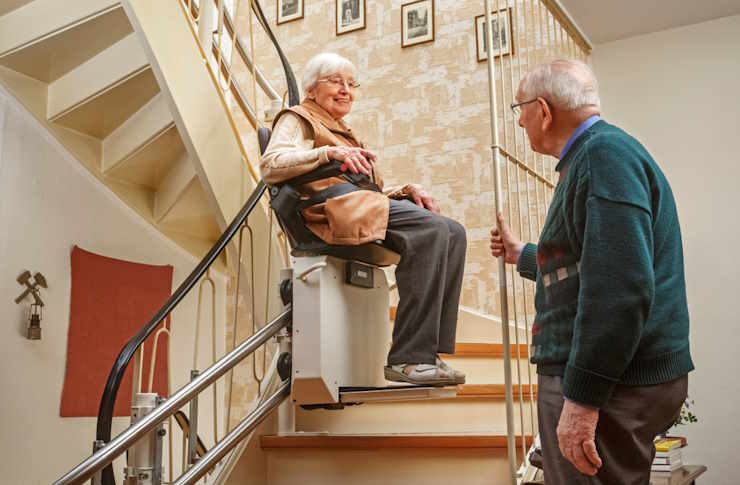Understanding Senior Living: A Comprehensive Guide to Housing Options for Older Adults
As we age, our housing needs evolve, making it essential to understand the various senior living options available today. Senior living encompasses different types of residences and care levels designed specifically for older adults, providing comfort, security, and appropriate support services that enhance quality of life while maintaining independence.

Essential Features in Senior Housing
Modern senior homes incorporate specific design elements to ensure safety and comfort. Wide doorways, grab bars in bathrooms, and emergency response systems are standard features. Many buildings include communal spaces for socialization, while individual bedrooms are designed with ample natural light and accessible storage solutions to accommodate changing mobility needs.
Choosing the Right Senior Living Option
Selecting appropriate senior housing involves assessing current and future needs. Consider factors such as location, available medical care, and social activities. The home should accommodate potential changes in mobility and health requirements while providing a comfortable bedroom and living space that feels welcoming and personal.
Understanding Senior Living Costs
Senior living costs vary significantly based on location, services, and accommodation type. Below is a general pricing overview of different senior living options:
| Housing Type | Monthly Cost Range | Included Services |
|---|---|---|
| Independent Living | $1,500 - $4,000 | Maintenance, activities, some meals |
| Assisted Living | $3,500 - $7,000 | Personal care, meals, housekeeping |
| Memory Care | $5,000 - $8,500 | 24/7 specialized care, all amenities |
| Skilled Nursing | $7,000 - $12,000 | Full medical care, rehabilitation |
Prices, rates, or cost estimates mentioned in this article are based on the latest available information but may change over time. Independent research is advised before making financial decisions.
Building Community in Senior Living
The social aspect of senior living communities is crucial for maintaining mental and emotional well-being. Many facilities organize regular activities, outings, and events that help residents build meaningful connections. Common areas within the building serve as gathering spaces where seniors can engage with neighbors and participate in organized activities.
A successful transition to senior living often depends on finding the right balance between independence and support. Whether choosing a private house in an active adult community or an apartment in an assisted living building, the key is selecting an environment that provides appropriate care while fostering a sense of home and community.






